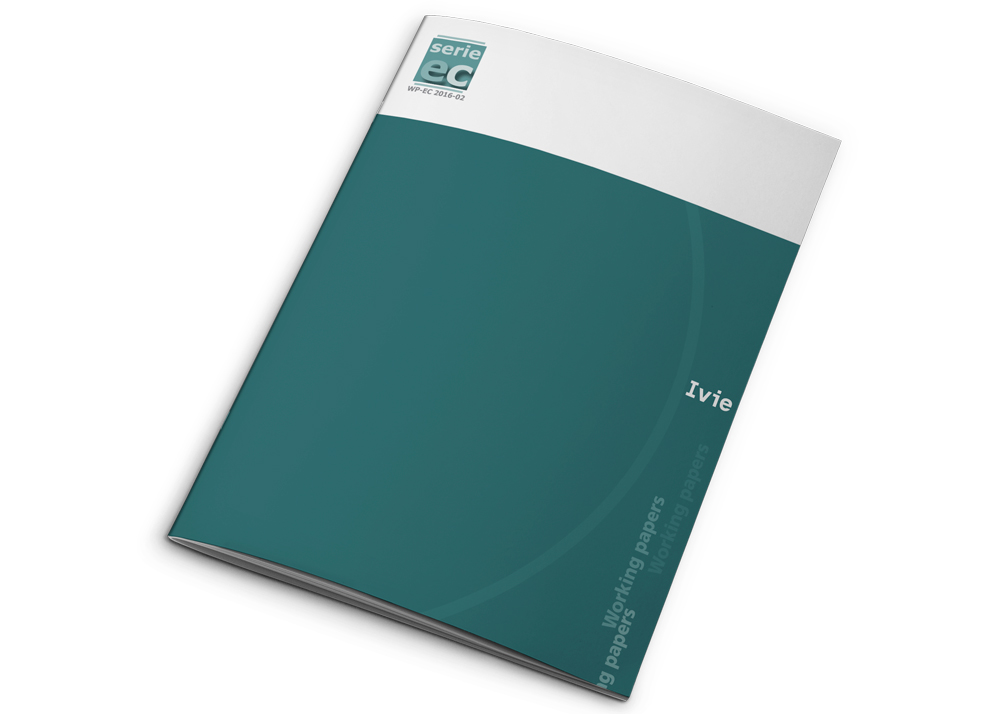Publications

WP-EC 2015-03
¿Explican las preferencias cuasi-hiperbólicas la procrastinación académica? Una evaluación empírica
Patiño, D. and Gómez, F.
Year of publication: 2015
Keywords: Behavioral economics, academic procrastination, experimental economics
DOI: http://dx.medra.org/10.12842/WPASEC-2015-03
Abstract
Behavioral economics explains self-control issues as based on intertemporal preferences of individuals; in particular, the so-called (ß-d) model explains it by reference to a bias towards the present. This model classifies individuals as being either consistent, naive or sophisticated according to their attitude to said issues, a classification which is becoming standard in the literature. However, such explanation has not been tested empirically in a systematic way. In this paper, we develop a method that makes contrasting the main implications of that model possible when it comes to explaining procrastination by college students. Academic procrastination by students (putting off study time ahead of their exams) is seen as a direct consequence of self-control issues and, therefore, should be predictable by their intertemporal preferences. Using a time-discount experimental task with real monetary incentives, we estimate the parameters ß and d of students’ preferences and then test their correlation with their answers to questions about how they plan to study an exam. The results are ambiguous in that our findings do support some conclusions from the model, while others derived from it are rejected. Specifically, we have not found a relationship between a bias towards the present and some of the categories of individuals as established in the standard classification.

